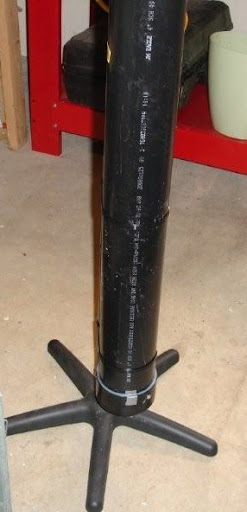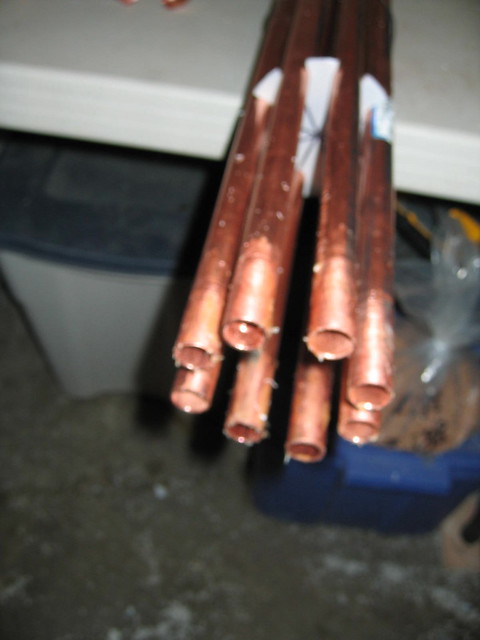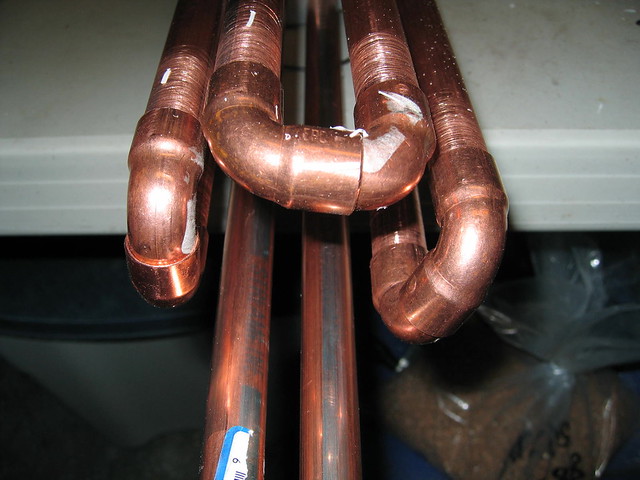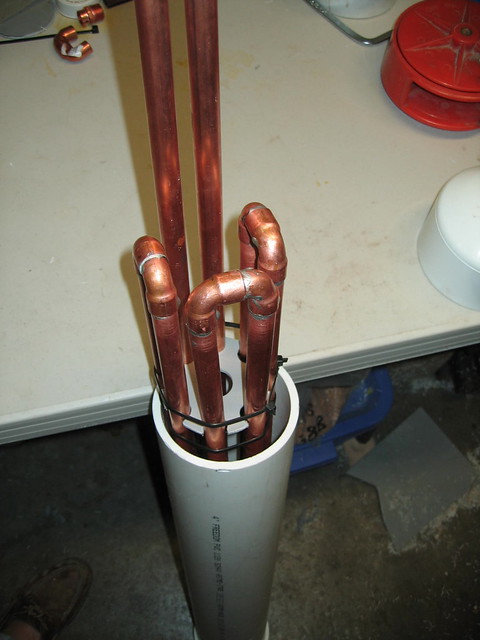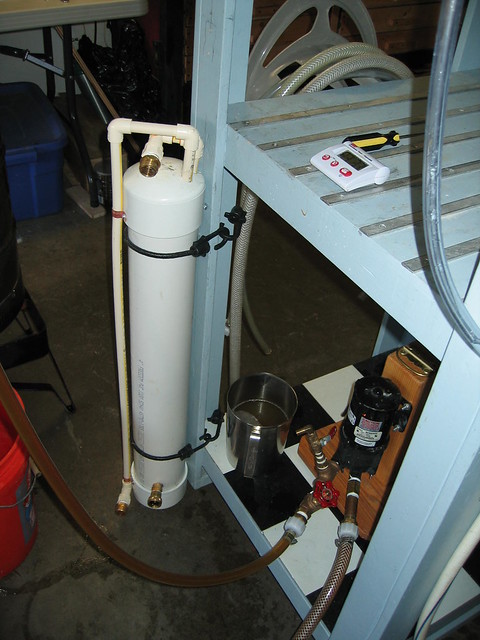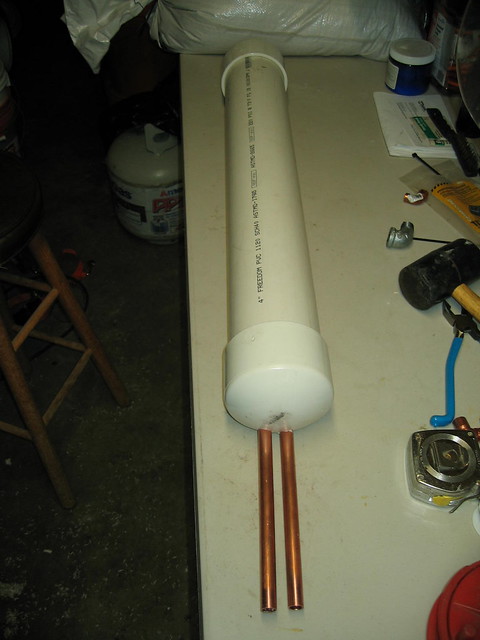Dwain
Well-Known Member
Cat22,
Did you start a dedicated thread on this: I've read a gazillion posts in the search section, even the original where you talk about building it and showing photos, but can't find a follow up to the original. Thanks - Dwain
Did you start a dedicated thread on this: I've read a gazillion posts in the search section, even the original where you talk about building it and showing photos, but can't find a follow up to the original. Thanks - Dwain












